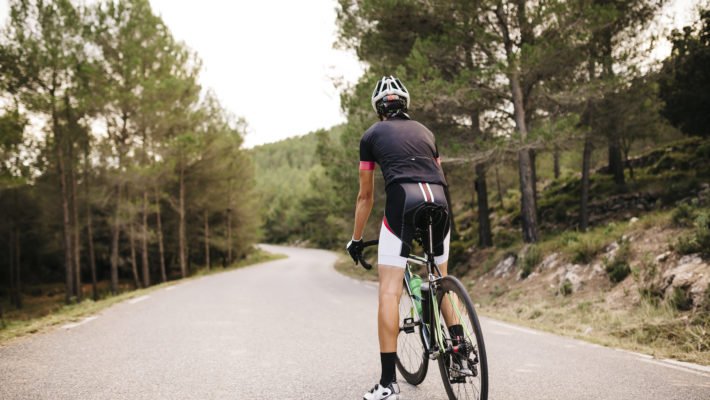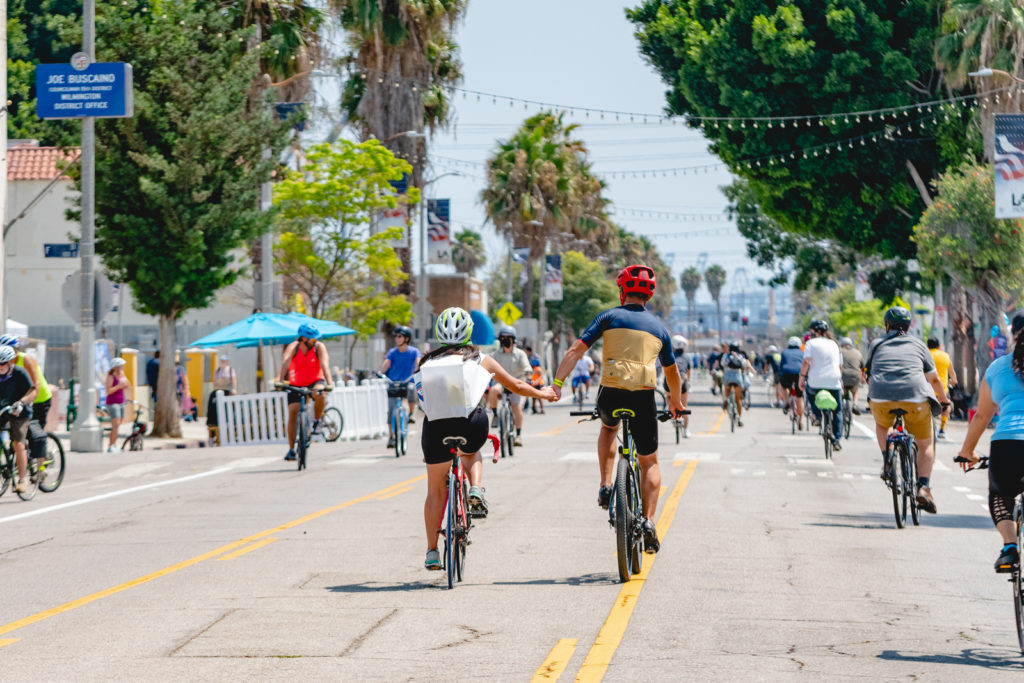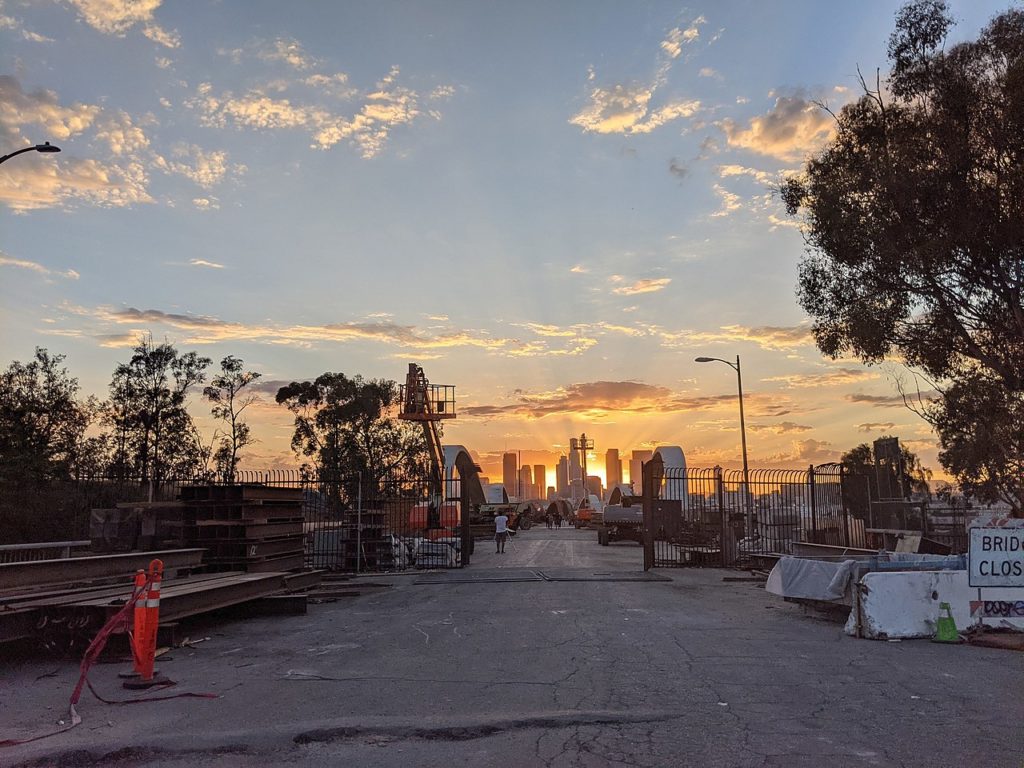- calendar_month August 30, 2022
- folder Local news

It’s easy to see Los Angeles as a city at-odds with its cycling community. Historically, it hasn’t done much to beat this reputation. A megalopolis measuring approximately 4,850-square miles with a subpar public transit system tends to encourage automobile-dependence. But these days, it seems the city is at least trying to offer alternatives. Attempts to improve the destitute and often dangerous conditions of the city’s Metro program are in varying stages of completion. And the voice of the Los Angeles bicyclist is getting through to the right people. Take for example the recent closure of Griffith Park Drive to automobile traffic. Or the rising popularity of bicycle-focused street takeovers like CicLAvia. But LA remains a particularly hazardous city for those who prefer a two-wheeled commute. And as the design of the recently unveiled Sixth Street Viaduct restoration illustrates, Los Angeles may still not be taking its cycling community seriously enough.
Griffith Park Drive’s Hazardous History
In a city with roads that have broken hearts and taken lives, cyclists are hesitantly feeling hope again. That’s because the city has decided to permanently close a scenic portion of Griffith Park Drive to automobile traffic.
Photo credit: Boqiang Liao
The decision comes in the wake of tragedy. Back in April, a motorist attempting to pass another vehicle struck and killed 77-year-old-cyclist Andrew Jelmert in a hit-and-run incident on nearby Crystal Springs Drive. Officials cited drinking as a probable factor in this circumstance. Yet, the shared roads of Griffith Park are notorious for pitting motorists and cyclists against one another.
Rushing motorists favored the pastoral road as a means of avoiding the almost-constantly-congested 5 and 134 freeways that bordered Griffith Park. Joggers and bicyclists alike enjoyed the stretch’s scenic, natural atmosphere. But on the numerous occasions when speeding cars and leisurely cyclists met, tragedy never seemed far behind.
Permanently Closing Griffith Park Drive to Protect Cyclists
Los Angeles first explored the idea of closing Griffith Park Drive to motorists in June by instituting a temporary ban. They feared that blocked motorists would simply choose one of the park’s other winding roads or further clog the congested freeways.
One of the nearby streets, Zoo Drive, actually saw reduced traffic during the testing period. While it’s likely that the motorists using Griffith Park Drive as a freeway alternative simply went back to using the freeway, traffic jams on the 5 and 134 freeways showed no noticeable surges.
Photo credit: Serouj
Normally, the movement to close a street to motorists would require months (if not years) of back-and-forth with city officials. But since the stretch of Griffith Park Drive spanning from Travel Town to Mt. Hollywood Drive is within the parks department’s jurisdiction, the decision was simple and quick.
Cycling in Los Angeles is Easier with CicLAvia
The city’s embattled cycling community finds a small victory in announcement to close the brief stretch of Griffith Park Drive. And it came at the perfect time for those who enjoy cycling in Los Angeles. Because that following Sunday, non-profit organization CicLAvia closed an expansive stretch of Hollywood Boulevard for their latest cycling free-for-all. It was the perfect setting for a celebration.
The non-profit has been striving to normalize cycling in Los Angeles through community street closures. CicLAvia invites Angelenos to blow the dust off their beach cruisers and view the city in a way they’ve never seen before. In this case, from a bicycle seat.
Photo credit: CicLAvia
CicLAvia’s regularly scheduled events illustrate the ease with which the city adapts to street closures. And it’s inspiring discussions about reserving further areas for pedestrian and cyclist use. After a successful event in Hollywood, the non-profit will be hosting a street closure downtown on October 9th followed by another in south Los Angeles on December 4th.
Reserving the Sixth Street Viaduct for Pedestrians and Cyclists
But CicLAvia’s events involve temporary closures. For those looking for equal representation for cycling in Los Angeles, permanent closures are a more promising solution. In recent weeks, advocates of bicycle safety have been volunteering the Sixth Street Viaduct as a perfect site for such a closure.
The bridge has been a hot topic since it was reopened in early July. During its development, the bridge had been touted as a safe option for cycling in Los Angeles. Early designs even showed dedicated, protected bike lanes. But when the bridge was finally opened, the secure bike lanes had been replaced with pedestrian walkways protected by a short barricade and a bike lane distinguished by cheap plastic bumpers.
Though most motorists treated the bridge with respect, the thundering few quickly illustrated that these safeguards were inadequate. Within days of opening, a car lost control during an illegal stunt and blasted through the bicyclist barrier. Thankfully, no cyclists were present at the time of the accident.
Photo credit: Chicbicyclist
But situations like this did little to deter thrill seekers chasing Tik Tok clout. With the bridge becoming a frequent spot for street takeovers, police stepped in to close it to motorist traffic. While the closures are still sporadic, some cyclists are suggesting that the bridge be reserved for non-motorist use.
What if Cycling in Los Angeles Got the Hollywood Treatment?
CicLAvia’s recent Hollywood event was a success, but what if this cycling utopia was the norm? It’s a question that picks up more traction in light of a developing project to improve the Hollywood Walk of Fame.
The “quick-build streetscape” as it is being called largely focuses on improving the Hollywood Boulevard experience for pedestrians. Some enthusiasts of cycling in Los Angeles are pondering the benefits of closing portions of the iconic Hollywood stretch permanently.
We recently covered the Hollywood Walk of Fame beautification plans which include reduced traffic lanes, more seating areas, and improved public transit stations. Would this tourist destination serve the city better as a destination for pedestrians and cyclists only? It’s difficult to tell until we see the results. But most area motorists already do their best to avoid the tourist-clogged segments of Hollywood Boulevard. Reserving it for cycling in Los Angeles would likely not be a huge sacrifice.
Tensions between motorists and cyclists are bound to continue for years to come. The city still needs to introduce several improvements to make the Metro a viable alternative to a personal automobile. Until then, car culture will continue its hold and cycling in Los Angeles will remain dangerous. But if dedicated cycling reserves become a norm across the city, we’ll at least be pedaling in the right direction.


